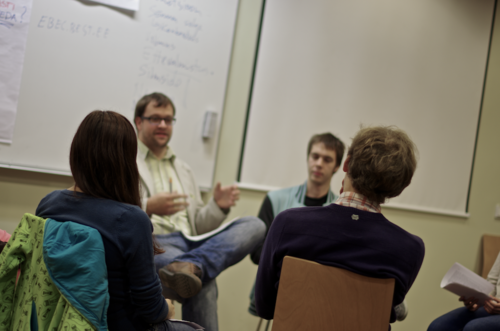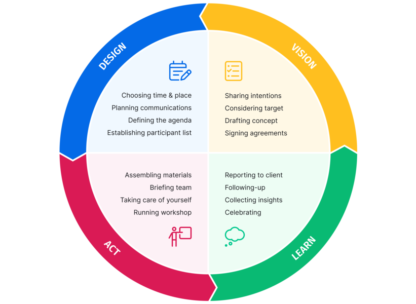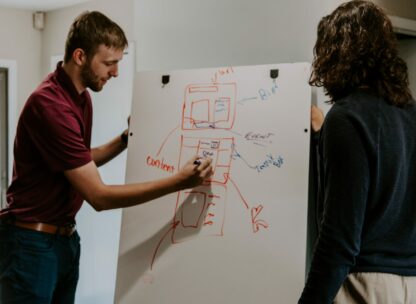Trainer styles – don’t judge a book by it’s cover

In our practice as trainers we have met with two distinct styles of running a training: either a trainer speaks the most (e.g. presents a lot of information), or the trainer facilitates the learning, and makes the participants talk (e.g. doing exercises, creating conversations, etc.). Optimally these two styles should be balanced, yet extremities happens as well. Do you remember those dull lectures from some teachers, who just told what was written in the textbook? Those who presented a lot of boring information, without any engagement?
A training exercise should complement any learning block, by providing hands-on experience to practice a new skill. So we can say that they are a rather important piece in the puzzle. Yet, there is always this typical trap of time – it’s a resource with limits. Exercises needs to be designed, preferably tested and polished, and this is just the preparation. During the training they take even more time: participants should have the space to practice and receive feedback on their performance. Furthermore, there is no point of doing an exercise, if there is no debriefing happening afterwards:
- What happened during the exercise?
- How can this new knowledge be used in your future life?
- How will you change your behavior from now on?
Such questions are not a checklist with the aim to “tick them all”, but they are there to establish a reflective behavior on personal development regarding that skill. Assigning the needed time for exercises and debriefing turns the role of the trainer from less presenting new information and more towards facilitating the learning.
The theory element of a learning block is typically a small amount of knowledge. In the end you likely won’t be able to teach rocket science in a couple of hours (this is nice to be reminded about, because there is always more cool stuff we wish to include into the training…). Learning happens when the skills are practiced and integrated deep into the participants’ minds, not when an overwhelming amount of knowledge is presented. There are always some participants, who know more than the group average and are more interested in those ‘extra bits’, but the more knowledge you try to include, the harder it is to ‘make it stick’ for everybody.
In the end, there is no silver bullet for a good training; it takes a big part of a trainer’s learning curve to balance presentation time with exercise/learning time, and intuitively optimize the different training elements with maintaining interest, debriefing exercises, triggering reflection, or inspiring participants. Sounds like some area of personal learning for many of us? :)



Leave a Comment